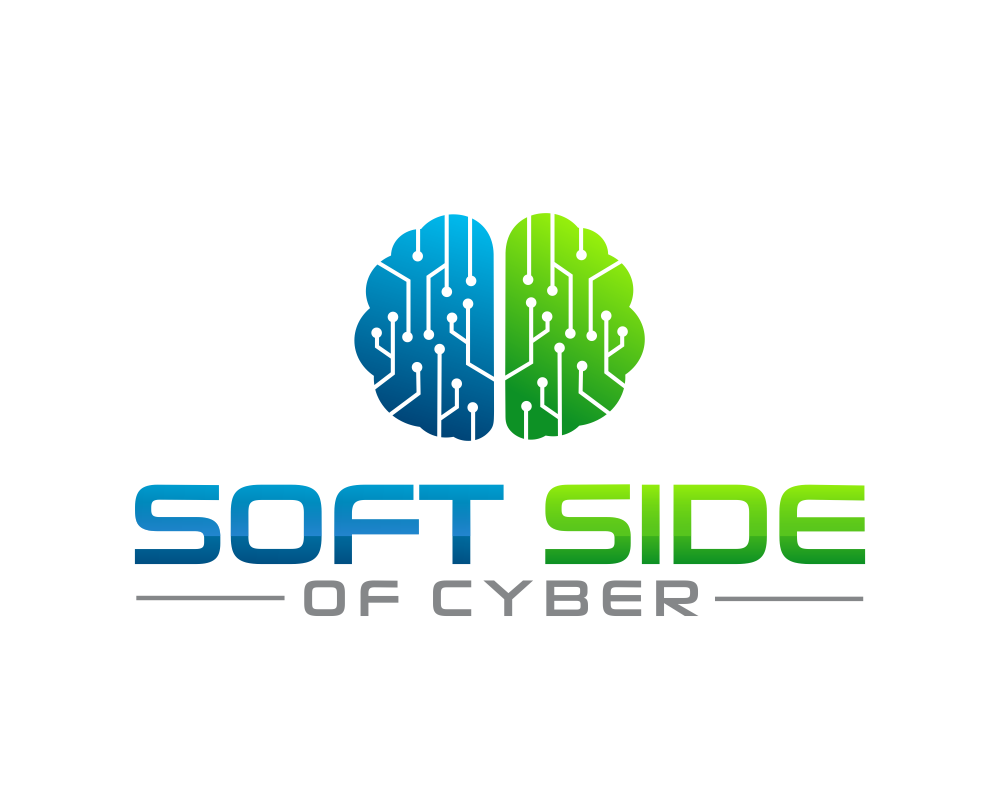
Customer-Centric Cybersecurity: A Service Excellence Guide
Business enablement, customer service, and empowering the end user are all terms or phrases we throw around in cybersecurity. Today, we are thrilled to dive deeper into the art of providing exceptional customer service in our ever-evolving cyber landscape. Customer service is talked about in almost every industry, from grocery stores to coffee shops and B2B sales. We are no different in our need to demonstrate outstanding customer service. In a previous article, we highlighted why everyone is not a cybersecurity expert; today, we want to share some insights on how we can enhance the customer service aspect of our roles.
Empathy Is Your Superpower
Empathy lies at the heart of outstanding customer service. What is the friction this person is experiencing? How do my security policies impact them? How are they managing the stress of this security incident?
In cybersecurity, it's easy to get lost in technical jargon, policies, and protocols, forgetting that our clients and colleagues may not share our level of expertise. When they come to us with questions or concerns, it's crucial to meet them where they are.
Listen Actively: Start by actively listening to their concerns. Don't rush to provide solutions or explanations. Let them express their issues fully.
Speak Their Language: Avoid overwhelming them with technical terms. Translate complex concepts into plain language. Remember, clarity trumps complexity.
Acknowledge Their Perspective: Empathize with their situation. Recognize that their concerns are valid and very real to them, even if they stem from misunderstandings or misconceptions.
Educate Without Overwhelming
As cybersecurity professionals, we possess a wealth of knowledge (at least when it comes to our field). To communicate effectively, though, we need to share this knowledge thoughtfully without overwhelming our clients or colleagues.
Chunk It Down: Break down information into manageable chunks. Avoid the brain dump. Gradually introduce them to cybersecurity concepts and best practices.
Use Analogies: Analogies can be your best friend. Comparing cybersecurity to everyday situations can make it more relatable. For instance, likening a firewall to a security checkpoint at an airport.
Offer Resources: Point them towards helpful resources like articles, webinars, or cybersecurity training. Encourage self-learning to empower them.
If you're struggling to find ways to simplify your message, it may be helpful to turn to ChatGPT or one of the equivalent LLM tools. Give it some basic information about your situation and ask it to help you explain it to someone without knowledge of the field, find analogies, or use stories or visualizations to explain the concept. It probably won't work well in all cases, but if you're really struggling, this may help break the logjam.
Establish Trust and Transparency
Building trust is a cornerstone of excellent customer service. Your clients and colleagues need to feel that they can rely on you for guidance and support.
Underpromise, Overdeliver: If you're unsure about a solution's timeline or effectiveness, it's better to underpromise and then pleasantly surprise them with quicker or more effective results.
Transparency: Keep them in the loop. If there's an incident or a problem, communicate openly and honestly. Sharing the why, what, and how fosters trust.
Responsiveness: Be prompt in your responses. Even a quick acknowledgment of their query can go a long way in demonstrating your dedication to their concerns.
Foster a Culture of Cybersecurity
Empower people to become active participants in their own cybersecurity. It's not just about providing a service, it's about nurturing a culture of cyber awareness.
This feels obvious to say out loud. However, how often do we focus our strategies, our training, and our project plans exclusively on technology? Make sure to carve out dedicated time to nurture culture and tend to the people in it.
Training and Workshops: Offer cybersecurity training sessions or workshops. These can be engaging and informative, equipping them with the knowledge to make better-informed decisions.
Security Champions: Identify and nurture security champions within your organization. These are individuals who show a keen interest in cybersecurity and can help spread awareness.
Continuous Communication: Keep the conversation going. Send out regular cybersecurity tips, updates, or reminders to keep security top of mind.
Measure and Adapt
Lastly, don't forget to measure the effectiveness of your customer service efforts. Collect feedback, analyze metrics, and adapt your approach accordingly. This is Peter Drucker's old adage, "What gets measured, gets managed," comes in.
Feedback Loops: Encourage feedback from your clients and colleagues. Constructive criticism helps you refine your service.
Metrics: Track metrics like response times, issue resolution rates, and user feedback. These quantifiable measures can guide your improvements.
Continuous Improvement: Use the feedback and metrics to continuously enhance your customer service strategy. Cybersecurity is a dynamic field, and your approach should evolve with it.
Wrapping Up
In conclusion, providing top-notch customer service in cybersecurity is not just a nice to have; it's imperative. By integrating empathy, education, trust, and a culture of cybersecurity into your interactions, you'll not only bolster your organization's defenses but also empower those around you to be more cyber-savvy. After all, it's a team effort, and we're all in this together.


